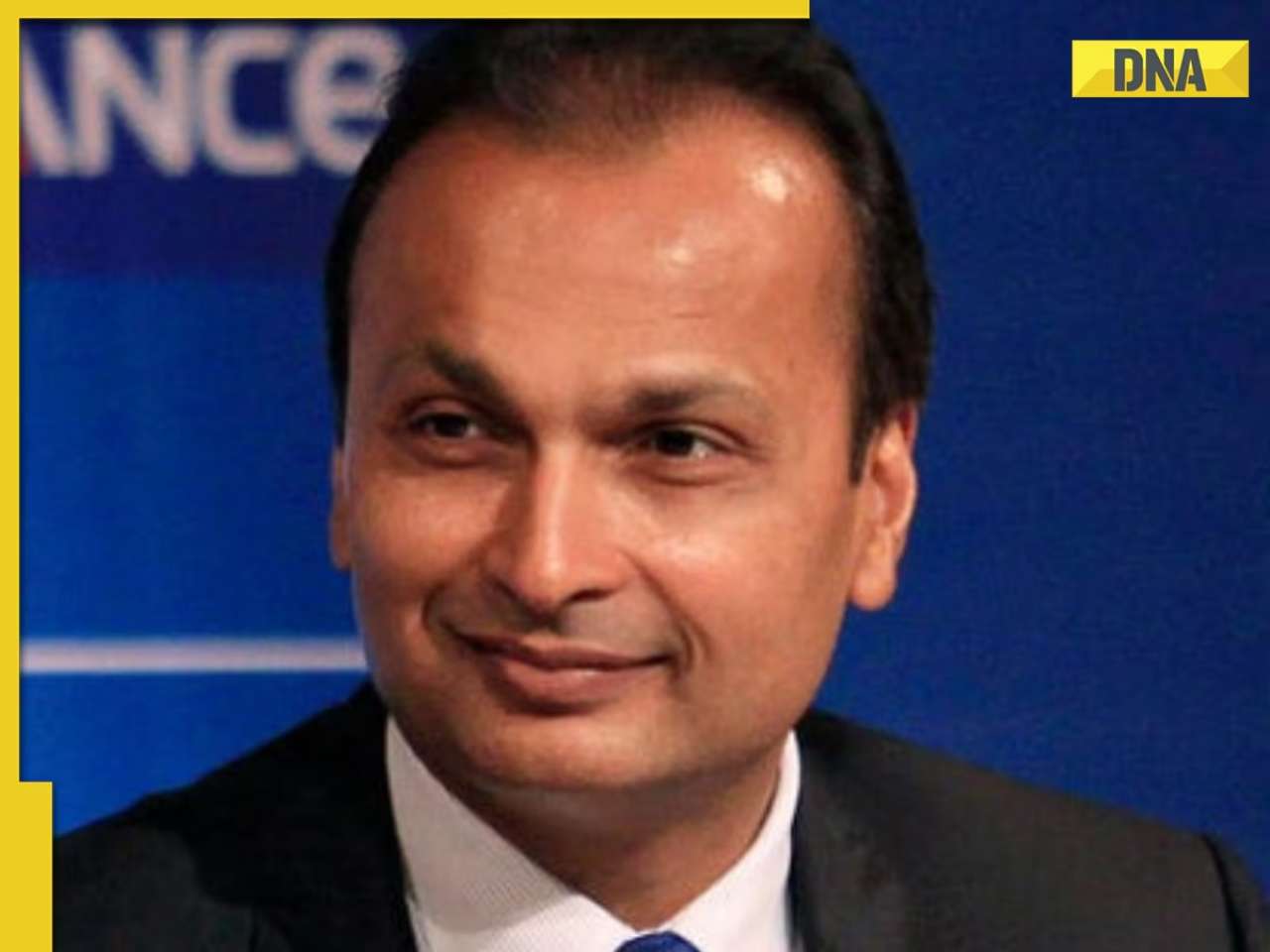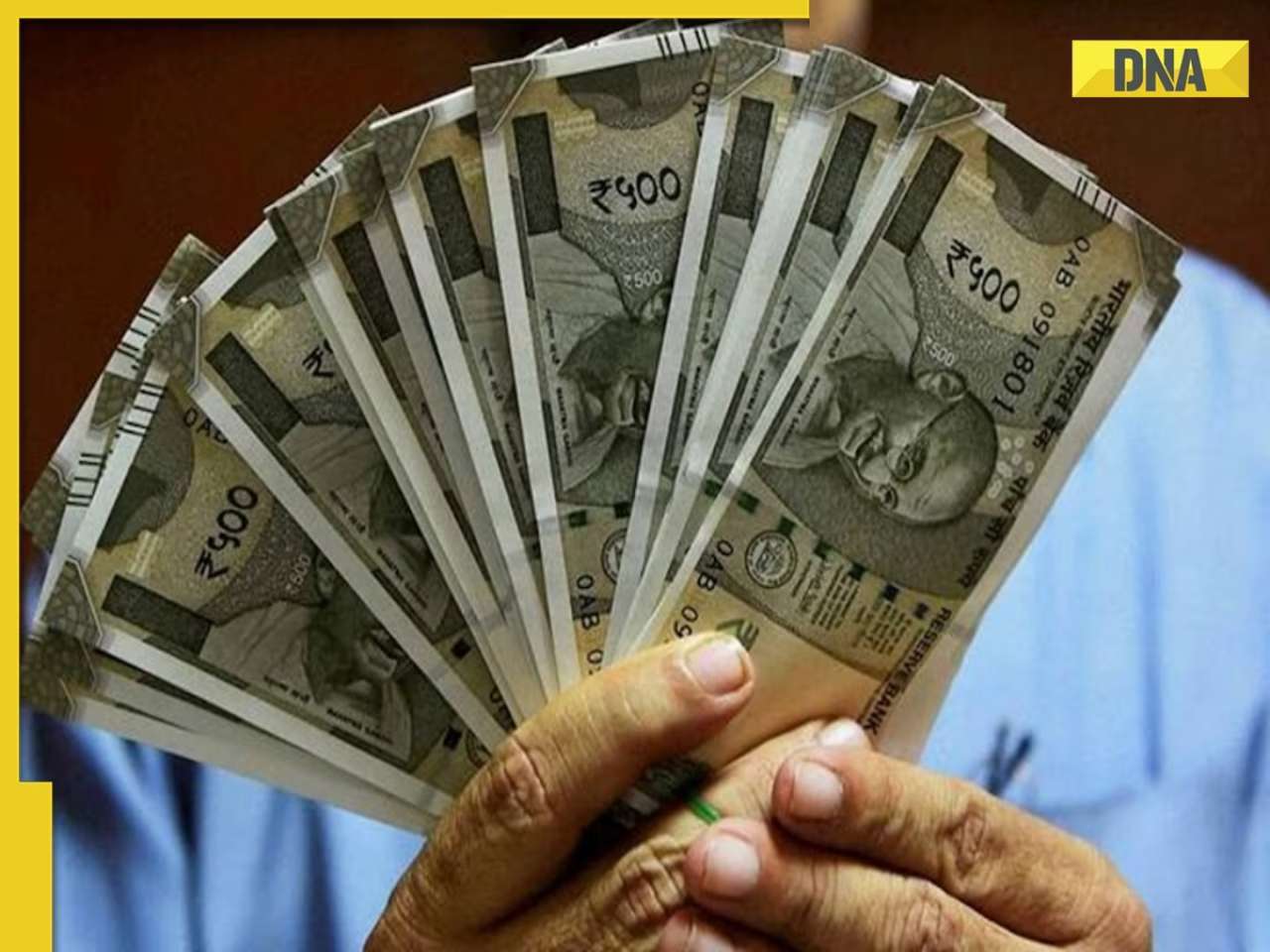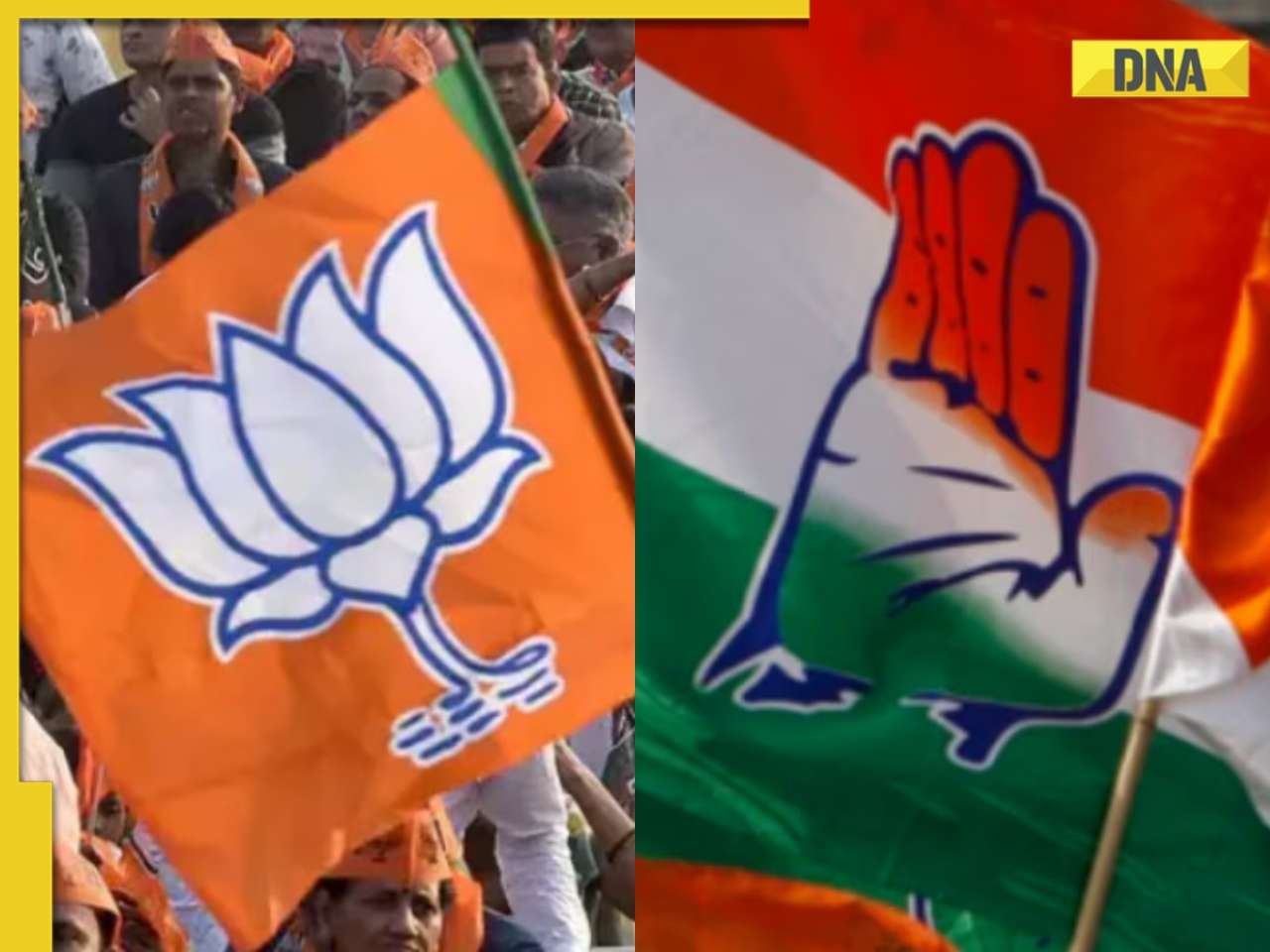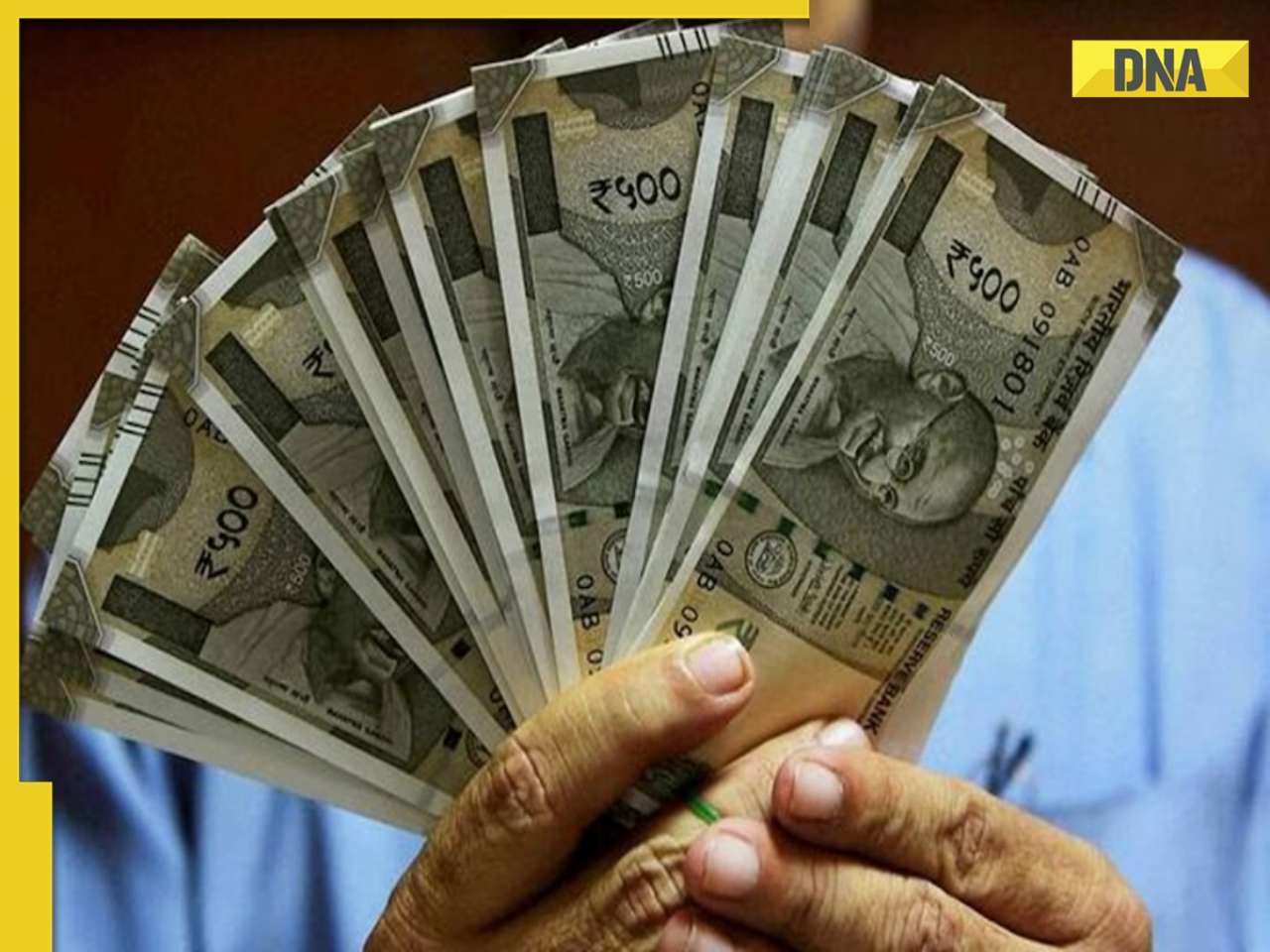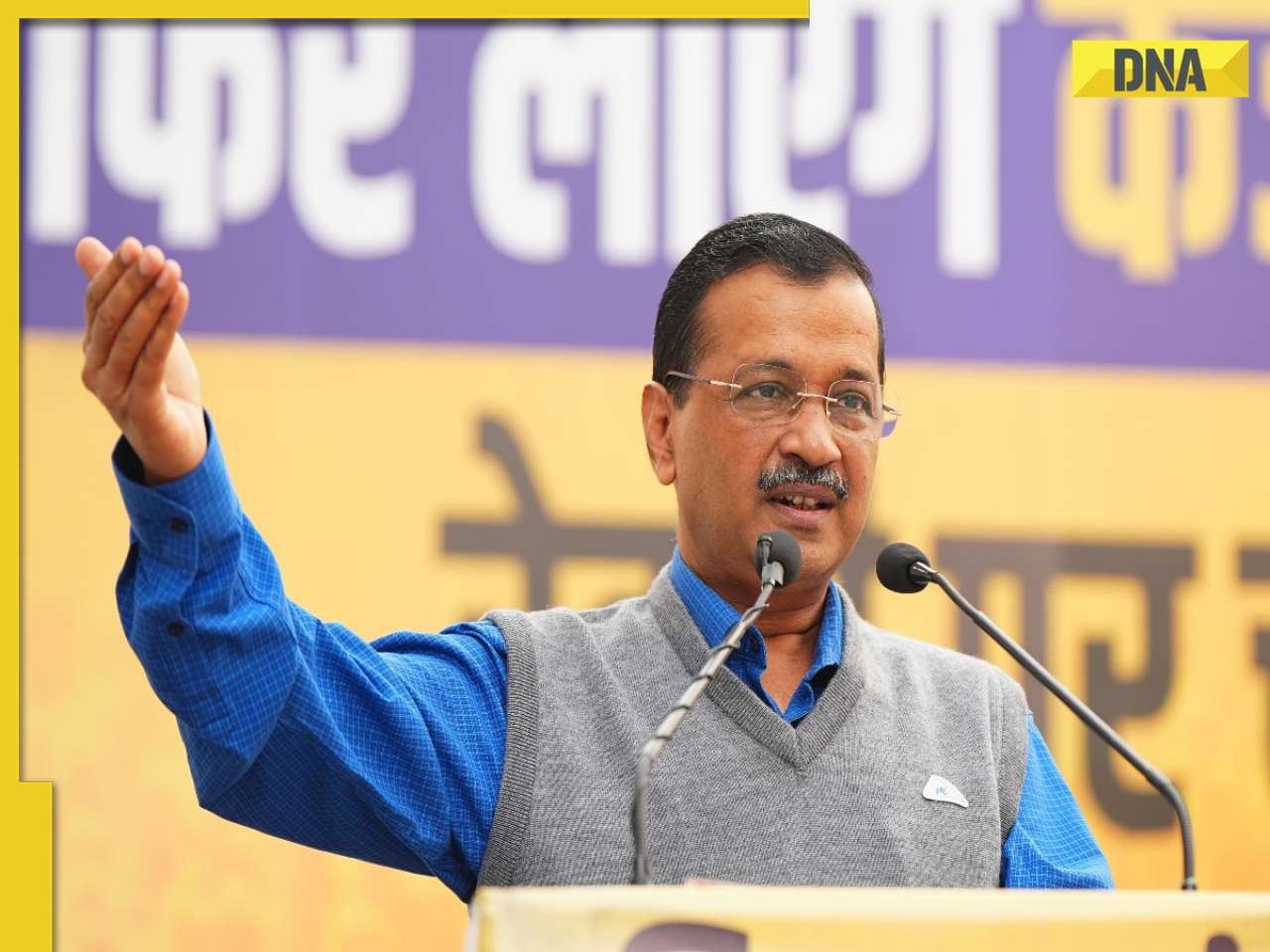- LATEST
- WEBSTORY
- TRENDING
SCIENCE
What is 'Super Flower Blood Moon' lunar eclipse and how to watch this celestial event?
The biggest draw of this celestial event is that a supermoon and a total lunar eclipse are occurring simultaneously.
TRENDING NOW
People from all over the world are in for a treat this week with the arrival of what has been dubbed a Super Flower Blood Moon. So, what is this supercelestial event, and where it can be watched? The biggest draw of this celestial event is that a supermoon and a total lunar eclipse are occurring simultaneously.
The lengthy name is the result of a few astronomical phenomena coming together at once. The supermoon will be visible all over the world on May 26, and the full lunar eclipse will be visible in many parts of the world, including India.
What is a Supermoon?
A supermoon is a new or full moon closely coinciding with perigee, the moon's closest point to Earth in its monthly orbit. Any full moon or new moon that comes to within 224,791 miles or 361,766 km (or less) of our planet, as measured from the centers of the moon and Earth, can be called a supermoon.
Why is Supermoon 'super'?
The shape of the moon's orbit around the Earth is not a perfect circle, but an oval. When a full moon reaches the point closest to our planet on its elliptical orbit, it's called a supermoon, or perigee-syzygy, and appears larger than usual in the sky.
Why is it 'flower?'
Various peoples around the world have given special names to the full moons throughout the year, a simple way of recognizing the passage of time.
May's full moon is known as the Milk moon in English, the Flower moon in Algonquian, Buddha Poornima in Hindi, and Vesak Poya in the Sinhala Buddhist tradition.
It is also known as Corn Planting moon, Corn moon, and Hare's moon.
Why is it 'blood?'
The moon will also appear blood red as it aligns with the sun and Earth and passes fully into Earth's shadow. The moon's red hue is caused by red-orange light refracted through Earth's atmosphere and can appear even redder if there are more clouds or dust in Earth's atmosphere, according to NASA.
Lunar Eclipse - What is it and where to watch
The first total lunar eclipse of the year will take place on May 26.
Lunar eclipse occurs on a full moon day when the Earth comes in between the Sun and the Moon and when all the three objects are aligned.
A total lunar eclipse occurs when the Moon comes under the umbral shadow of the Earth and the partial lunar eclipse occurs when only a part of the Moon comes under the umbral shadow of the Earth.
According to the India Meteorological Department (IMD), only a few places in the country will be able to witness the partial lunar eclipse.
The partial lunar eclipse will be visible for a short span from the north-eastern region (except Sikkim), some parts of West Bengal, some costal parts of Odisha and Andaman and Nicobar Islands, the IMD said.
This will be the first total Lunar Eclipse since January 21, 2019 and it will be a supermoon.
The partial phase of the eclipse will begin at 15h 15m IST (Indian standard time). The total phase will begin at 16h39m IST. The total phase will end at 16 h 58m IST. The partial phase will end at 18h 23m IST.

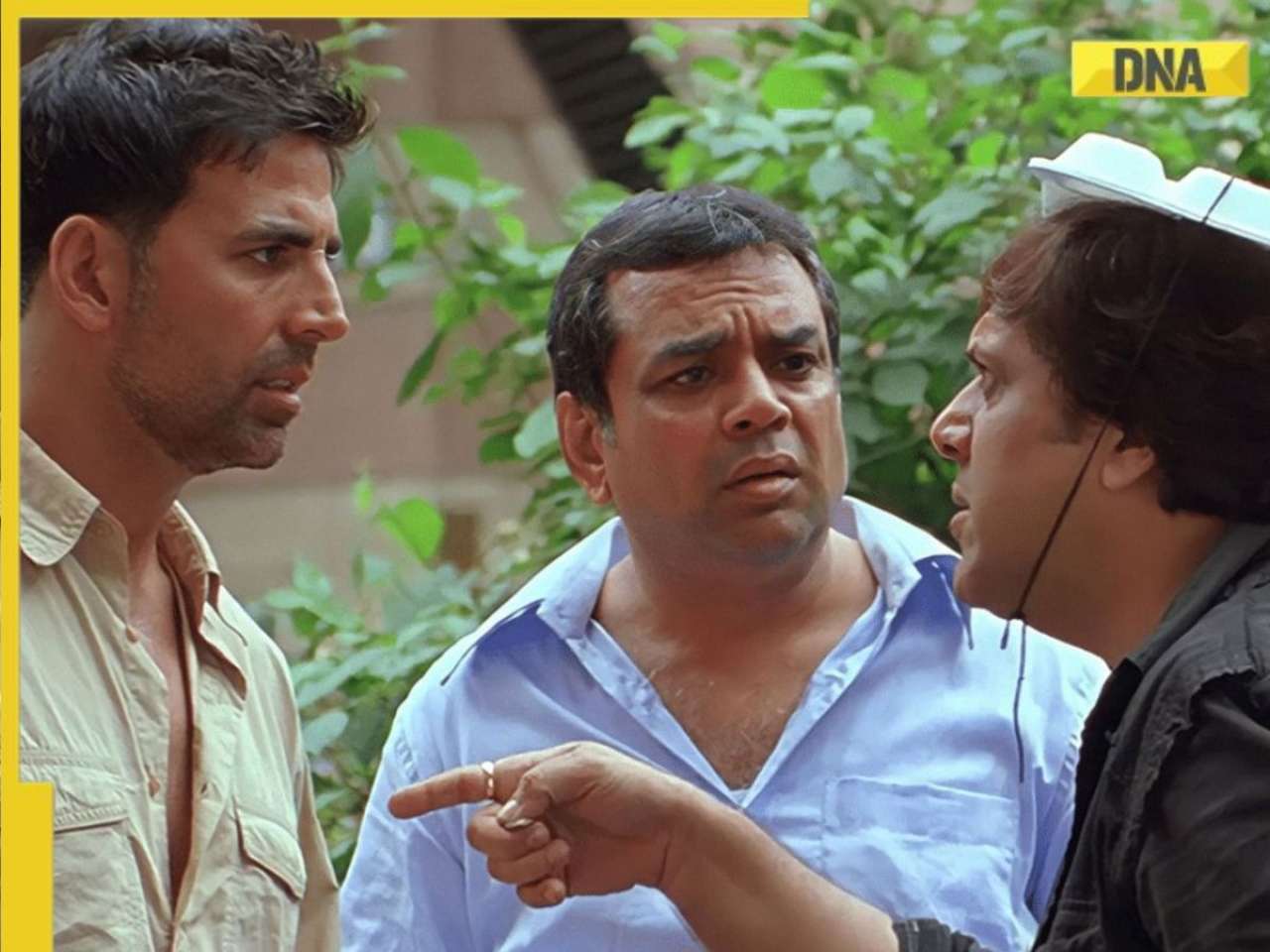





)
)
)
)
)
)
)
)
)
)
)
)
)
)
)
)





